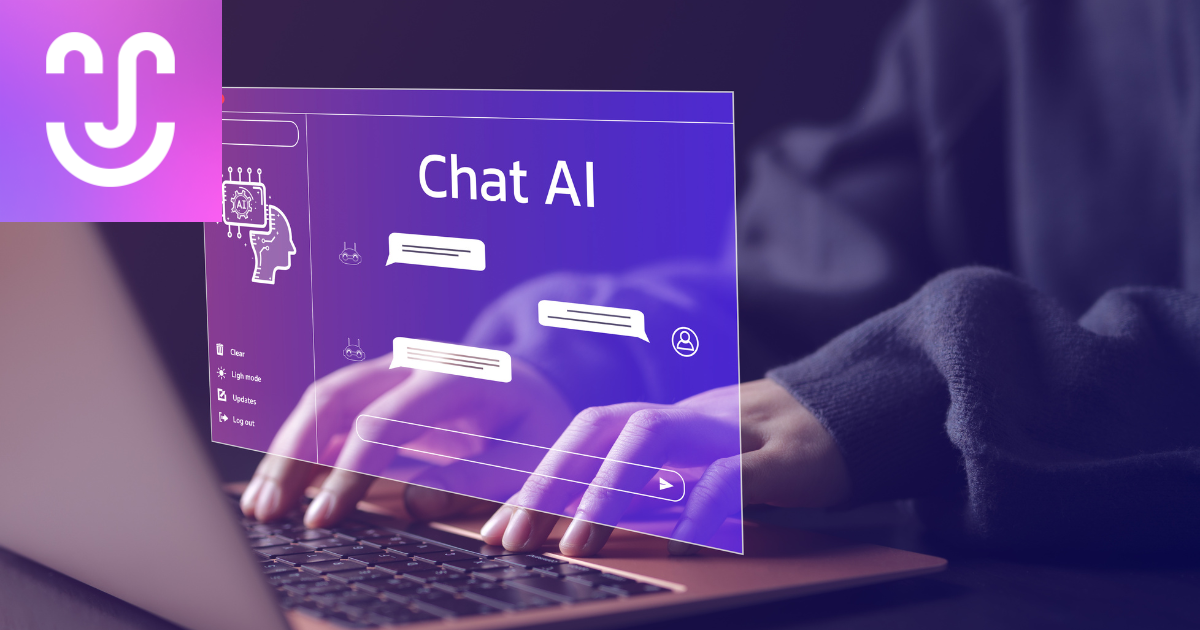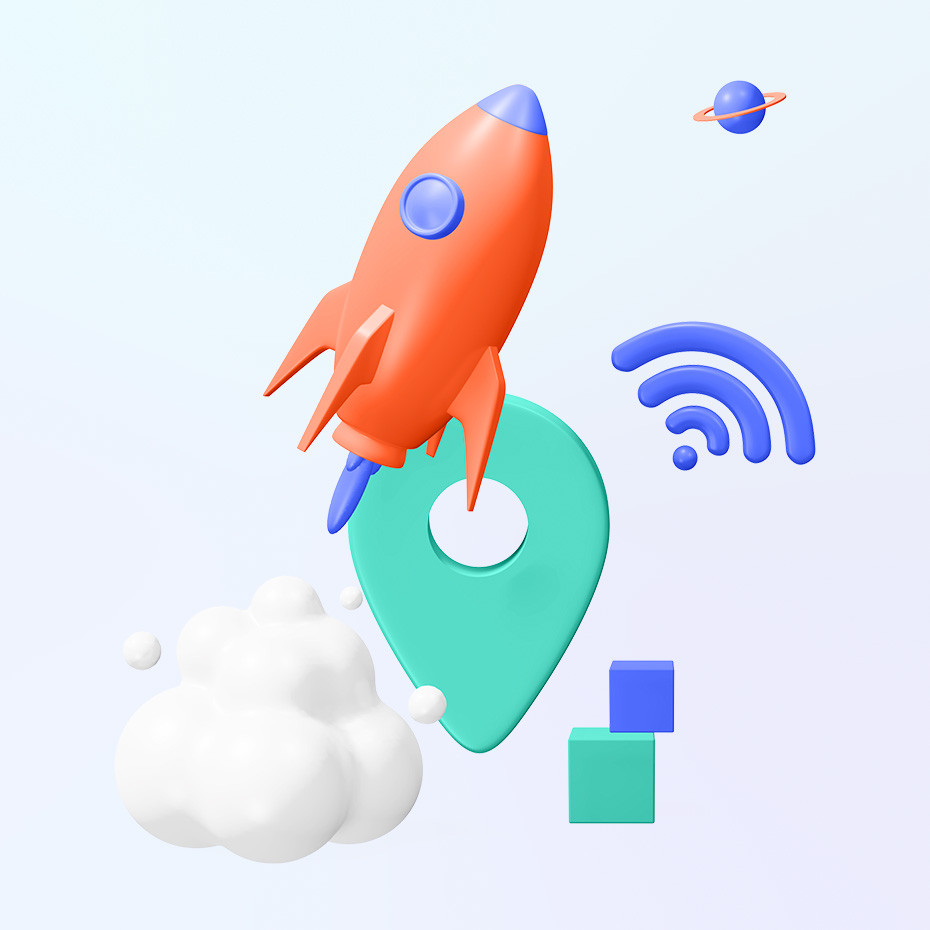In 2025, it’s nearly impossible to go a day without hearing about artificial intelligence. From headlines declaring an “unprecedented revolution” to viral videos showcasing its potential, AI has become part of our everyday language. Yet, ask ten people what AI actually is, and you’ll likely get ten different answers. For some, AI means ChatGPT, Claude, or Gemini. For others, it’s a self-driving car or the recommendation engine behind Netflix. And truth be told—they’re all right. Each of these represents a different type of AI.
Understanding 3 types of AI
If we strip it down to the essentials, artificial intelligence is the ability of machines to replicate certain aspects of human intelligence as learning, reasoning, creating, or making decisions.
Originally designed to perform specific tasks, AI systems can now improve and adapt autonomously through data-driven learning. It’s a field that blends mathematics, computer science, and behavioral sciences, where logic meets human complexity.
To better grasp this vast domain, let’s explore the three main types of AI that already shape our world today: predictive, generative, and agentic intelligence.
1. Predictive AI: the power to anticipate
Predictive AI is the oldest and most established form of artificial intelligence. Its purpose? To forecast what’s likely to happen based on past patterns.
How it works
Predictive models rely on machine learning algorithms that process large volumes of historical data to identify trends and correlations. By recognizing recurring patterns, they can estimate the probability of future outcomes.
Real-world examples
- Healthcare: anticipating patient readmissions or forecasting ER volume based on seasonality or weather patterns.
- Transportation: predicting traffic peaks or maintenance needs to optimize workforce planning.
- Retail: forecasting product demand before the holidays or adjusting inventory levels accordingly.
- Cybersecurity: detecting abnormal behaviors before an attack occurs.
Predictive AI doesn’t replace human decision-making—it enhances it. Think of it as a data-driven advisor that says, “Here’s what might happen if nothing changes.” It’s the modern crystal ball—rooted in data, not intuition.
However, like any advisor, its insights are only as good as the data behind them. That’s why governance and continuous evaluation are critical to avoid biased or inaccurate predictions.
Going a step further: Prescriptive AI
Some organizations take predictive analytics a step further with prescriptive AI, which doesn’t just anticipate an event but also recommends (or even executes) the best action to take.
In other words, it shifts from “What might happen?” to “What should we do about it?”
Examples:
- Reallocating airport resources based on weather conditions.
- Optimizing production schedules in manufacturing.
- Adjusting pricing dynamically according to forecasted demand.
This bridge between prediction and action sets the stage for the next evolution of AI: agentic intelligence.
2. Generative AI: the power to create
If predictive AI helps you plan, generative AI helps you build. This is the technology behind the creative boom that began in late 2022, powered by tools like ChatGPT, DALL·E, Claude, Midjourney, and Suno.
How it works
Generative models—such as large language models (LLMs)—are trained on massive datasets of text, images, code, and sound. They learn the underlying patterns of language and context, allowing them to produce original content based on a simple prompt.
Real-world examples
- Marketing: generating campaign copy, visual concepts, and personalized messaging.
- Entertainment: creating soundtracks, storyboards, or character designs.
- Education: building interactive quizzes or simplifying complex topics for different audiences.
- Software development: assisting developers by writing or debugging code.
Generative AI acts like a creative co-pilot—it accelerates idea generation and production, freeing humans to focus on strategy, storytelling, and innovation.
Imagine an ultra-fast intern who drafts ten versions of your concept while you sip your morning coffee… though you’ll still need to review their work before sending it out!
3. Agentic AI: the power to act
Welcome to the next frontier: agentic AI, the version everyone’s talking about in 2025 and the one that will likely reshape industries over the next few years.
Unlike predictive or generative AI, which analyze or create, agentic AI acts.
How it works
An AI agent combines multiple capabilities:
- Perception: capturing real-time data through APIs, sensors, or integrated systems.
- Reasoning: understanding context, setting priorities, and making decisions.
- Action: executing tasks autonomously with minimal human input.
These agents often run on advanced language models (like GPT, Claude, or Gemini) but are integrated with business tools, workflows, and objectives. They can work independently, or even collaborate with other agents, to get things done.
Real-world examples
- Logistics: planning optimal delivery routes in real time based on weather and traffic.
- Finance: executing transactions while following risk and compliance rules.
- Workforce management: anticipating absences, proposing replacements, and notifying employees.
- Customer service: handling basic inquiries, escalating complex cases, and learning from every interaction.
Agentic AI is not just an assistant, it’s a digital colleague capable of orchestrating entire processes from start to finish.
AI Agents vs. AI Workflows: what’s the difference?
While both automate tasks, AI workflows follow predefined sequences—if A happens, do B.
AI agents, on the other hand, can interpret context, make adjustments, and redefine the path as they go.
Think of it this way:
- A workflow follows a recipe.
- An agent learns to cook with whatever ingredients are available.
Toward a more collaborative AI
What makes this evolution exciting is how these three forms of AI work together rather than in isolation.
A predictive model might forecast workforce needs.
A generative AI can write the staffing report or team communication.
An agentic system can automatically adjust schedules and notify affected employees all in real time.
Together, they move organizations from data-driven insights to fully automated action.
Take the example of an airport:
- Predictive AI forecasts passenger volumes.
- Generative AI produces internal briefings and announcements.
- Agentic AI reallocates resources dynamically and communicates directly with staff.
Humans still oversee the process, but the system runs seamlessly—faster, more efficient, and less stressful for everyone involved.
Which type of AI is right for you?
Artificial intelligence is evolving at an incredible pace.
But whether predictive, generative, or agentic, the goal remains the same: to enhance productivity, agility, and competitiveness.
Understanding these distinctions is the first step toward a strategic AI adoption.
Too many organizations rush to “do AI” without identifying which business problem they’re actually solving.
At Airudi, we help leaders cut through the noise—identifying high-impact use cases, deploying the right technologies, and turning data into measurable performance.
From demand forecasting to workforce optimization and proactive risk management, we help organizations turn AI into a competitive advantage.
Today, everyone’s talking about AI.
The difference lies in who’s applying it where it truly creates value.
And that’s where we come in—helping you turn complexity into clarity, and data into performance.
Amanda Arciero
Co-founder and COO
amanda.arciero@airudi.com







